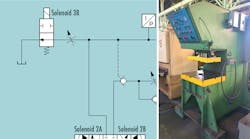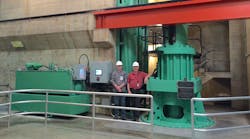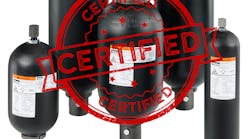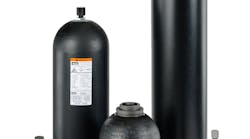Certifications for accumulators vary—often quite significantly—depending on the application they will be used for and their country of destination. Sorting through the myriad requirements that may be encountered is a daunting task. A truly global certification standard would be the ultimate solution, but that remains all but impossible to achieve due to the parameters that must be met for individual country regulations.
Pressure vessels like accumulators and gas bottles are subject to safety laws, regulations, and ordinances that are valid in the country or state of installation, whether it be the United States, Europe, Asia, or Australia. Additional regulations must be observed in industries such as mining, shipbuilding, and aircraft. This brief article will address the two fundamental design codes and several of the most common certifications. Because many more certifications exist, readers should contact qualified engineers from the accumulator manufacturer to ensure proper conformance to those standards.
Two Base Design Codes
Although many countries have their own regulations and quality standards for hydraulic accumulators, most refer to one of two base design codes. The oldest and most referenced design code for pressure vessels is ASME. Originally written to create a standard for the manufacture of boilers on steam locomotives, the American Society of Mechanical Engineers (ASME) Boiler and Pressure Vessel Code Section VIII, Division 1 has evolved into requirements for pressure vessels and accumulators in the United States.









